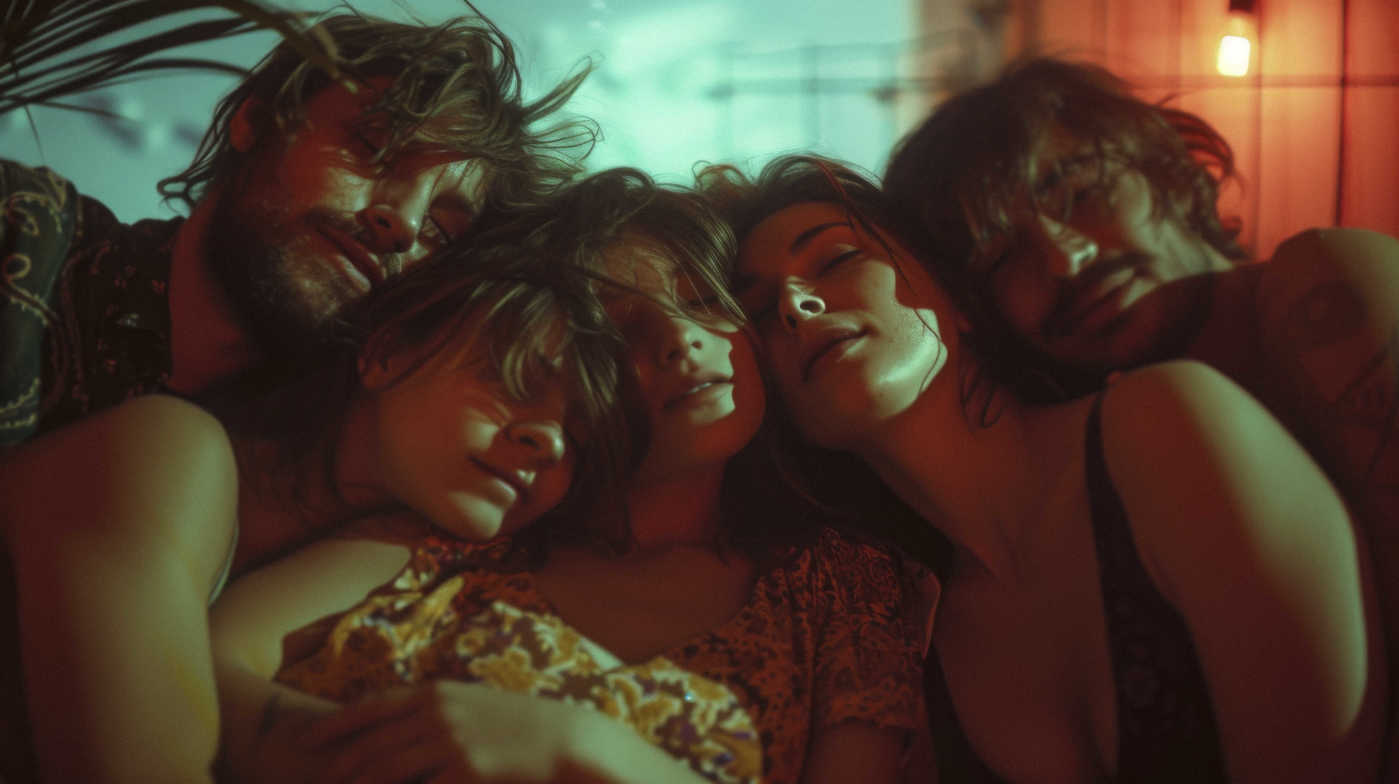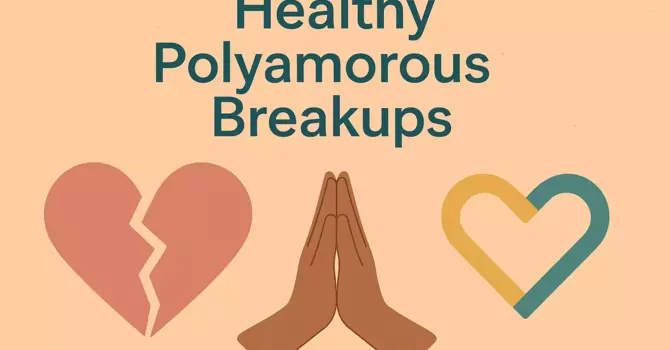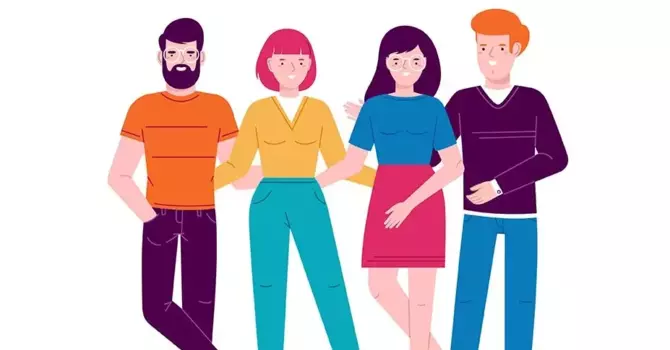
From Couple to Throuple: A Look at Polyamorous Relationships Beyond Reality TV
You know the old saying: Two’s company, three’s a crowd. But what if three’s company in a relationship, or four people, or five, or more? It’s nothing new, but there’s renewed interest in the mainstream culture of what exactly a throuple is, and how that works compared to the so-called standard of two people in a committed relationship. With throuples in the mainstream of popular culture, including the new series “Couple to Throuple” on Peacock, it’s time to clear the air on polyamorous relationships and terminology.
Definitions: Throuple, Polyamory, and More
Definitions and labels aren’t always a good thing, but in this case, starting with a look at some basic terminology can help. According to Merriam-Webster, the first known use of “polyamory” was in 1992, meaning, “the state or practice of having more than one open romantic relationship at a time.” Seems pretty simple, right? Still, misconceptions and confusion reign supreme among mainstream culture far too often.Add to that misunderstanding some widely-misused popular phrases, such as “ménage à trois,” and it’s not hard to understand why many people seemingly don’t get polyamorous relationships. That former phrase, by the way, stems from the French “household of three,” equating to a domestic arrangement or committed partnership of three people. However, it all too often boils down to being portrayed as a simple threesome in popular culture – a purely sexual, usually fleeting, tryst between three people. In the broader culture, awareness of polyamory is growing, and with that comes with the rise of interest in – and cultural references to – relationships between more than two people, including a throuple (which itself can also be instead spelled “thruple,” or be referred to as a “triad”).
Is ‘Couple to Throuple’ an Accurate Depiction of True Throuples?
Now that we have some basic terminology out of the way, let’s return to the recent popular depiction of a throuple – Peacock’s “Couple to Throuple.” The reality TV show does, indeed, purport to show throuples, or at least potential throuples. However, like many other programs in the reality TV genre, it can seem like there isn’t quite enough reality that made it through filming and editing.Over the course of 10 episodes, four real couples, presumably monogamous up to this point, give polyamory a try while spending a month on a paradise of an island together – along with interested singles who could become part of their throuple.There’s no denying it’s a provocative departure from the standard dating show, which is why the series attracted immediate buzz when it debuted, through it hasn’t been received well by some relationship experts. While it can be a launching point for bringing polyamory and concepts like ethical non-monogamy to the masses, it has also earned criticism for its narrow depiction of triads while brushing over the real fact that there are simply many other ways that real polyamorous people live, love, and connect.For example, because each possible throuple in the show began as a committed couple essentially test-driving polyamory with a third partner, the newcomer could be seen as coming into a relationship at a disadvantage – basically, they’re a third wheel from the start. This is especially the case when the three-person connection happens as the basis of a reality show competition of sorts, with an almost-instant dive into bed together courtesy of a sexy TV premise rather than an organic bond between three people as would be found in an authentic triad or throuple.Beyond that, polyamory isn’t just three people together instead of two – it can be any varying number of partners, with a wide range of different dynamics, relationship statuses, and understandings between members of the relationship all at play at once.In short, while “Couple to Throuple” could bring basic examples of polyamory like a throuple some renewed attention in the broader community, it just can’t fully show the layers of love and connection and sexuality at the heart of polyamory. There’s a truly diverse landscape of polyamorous relationships out there, and 10 episodes of a frenzied reality show can’t cover all the bases, after all.
Support is Available for Couples, Throuples, and More – Contact Us Today
The truth is usually more nuanced and harder to explain than a one-time depiction in popular culture, but there are people who truly understand polyamory and the various aspects of a non-monogamous lifestyle. Like any other relationship, potential challenges can come up as people – any number of people – share their lives as a couple, throuple, triad, polycule, or other grouping. Luckily, there are experts who realize the importance of inclusion in mental health, and LGTBQ-affirming therapists and counselors are available to help individuals and committed partners alike find the support, resources, and guidance they need to be their best and happiest.If you or a loved one is ready to learn more about what’s available and how to get started today, don’t wait – contact the team at Inclusive Therapy Group online, call 954-281-2565, or book an appointment online. We’re here to help your throuple, your partner, or you, and we will do so with a polyamorous-informed, LGBTQ-affirming approach.

Cub Larkin
Contact Me



